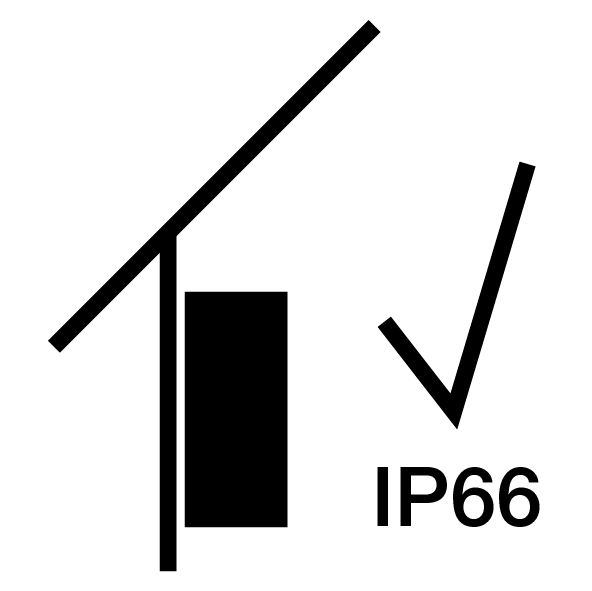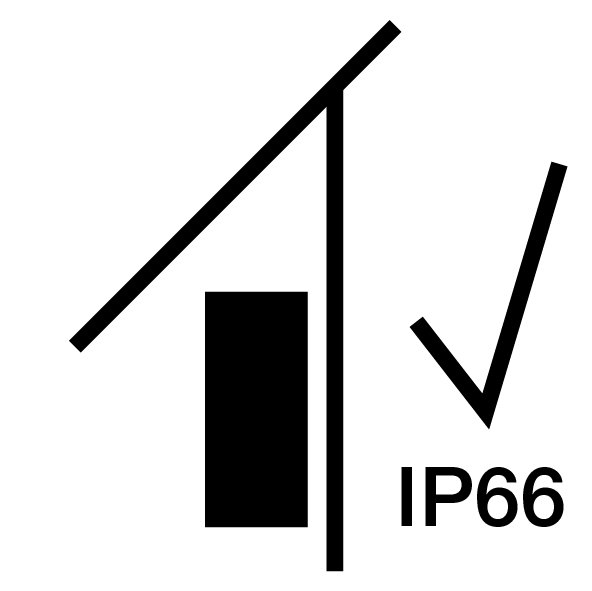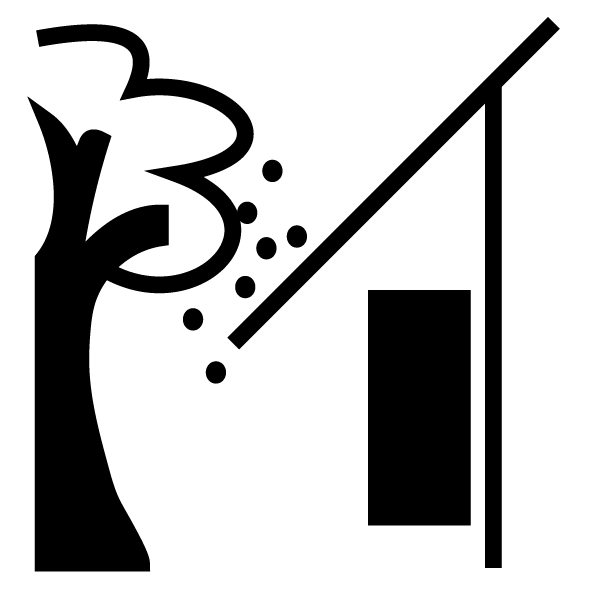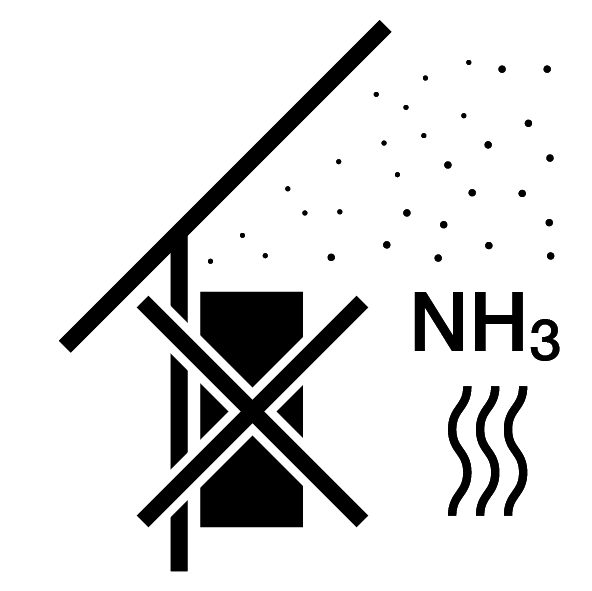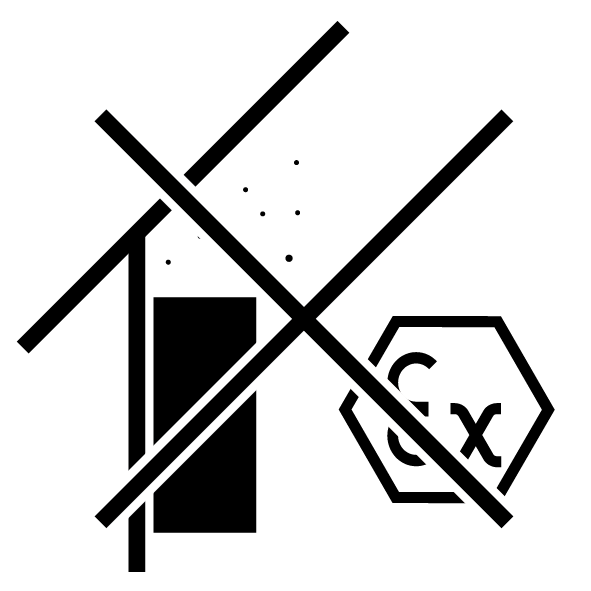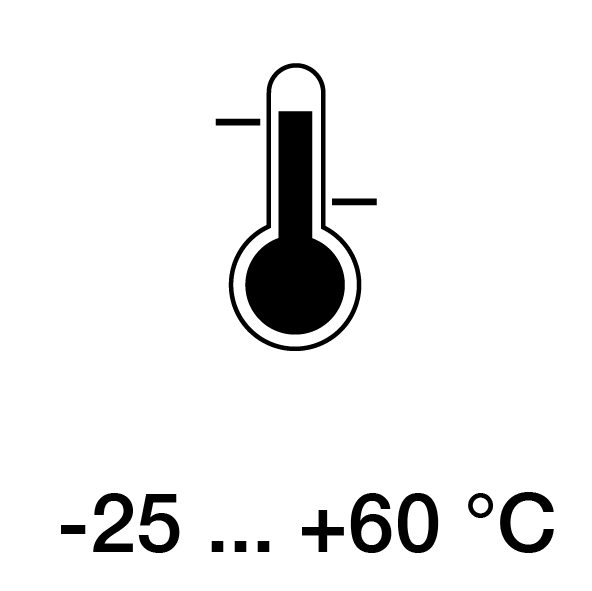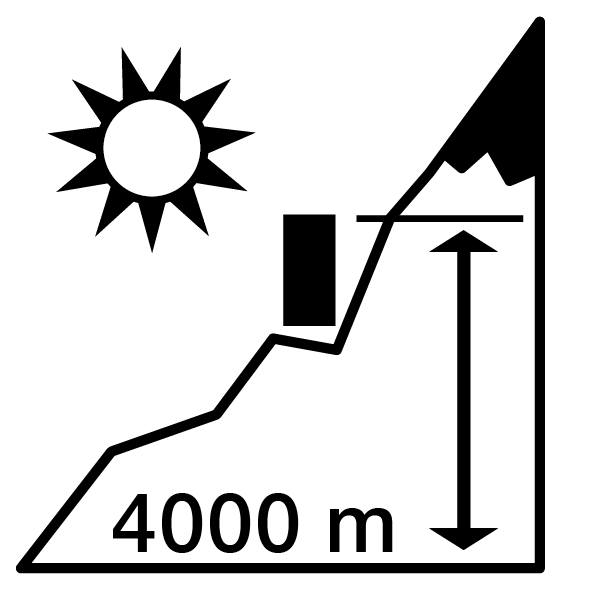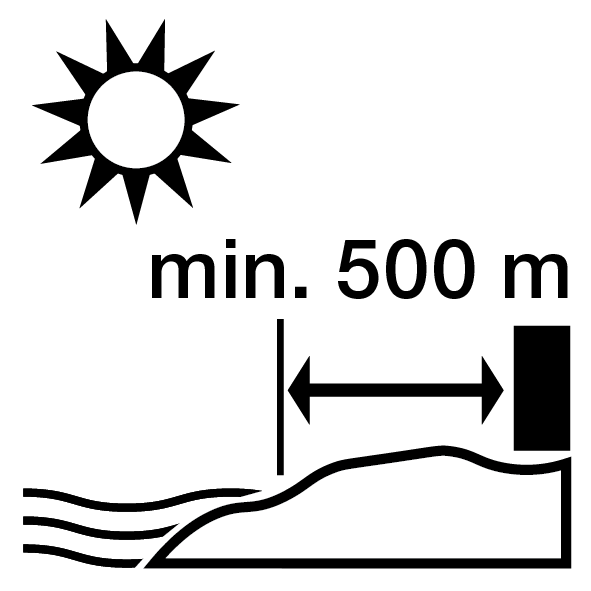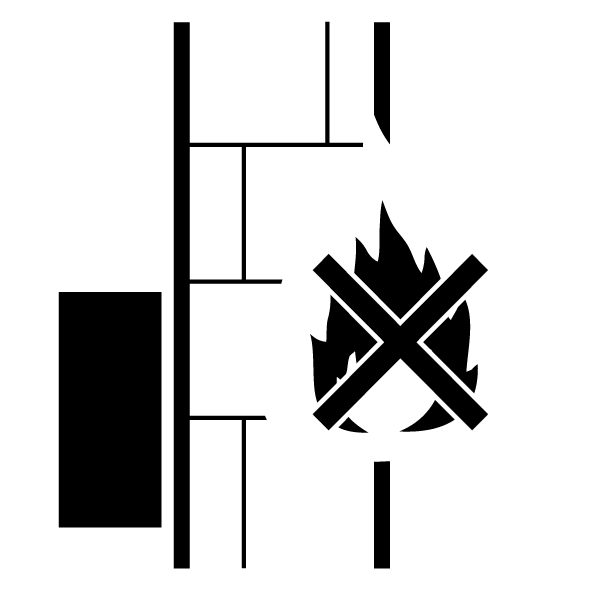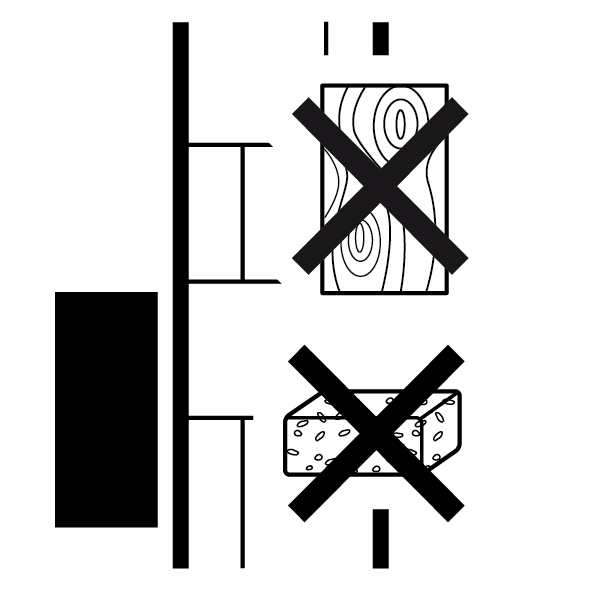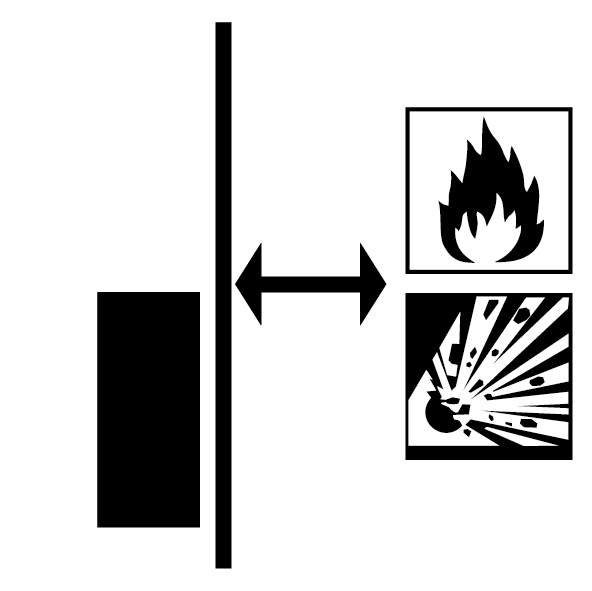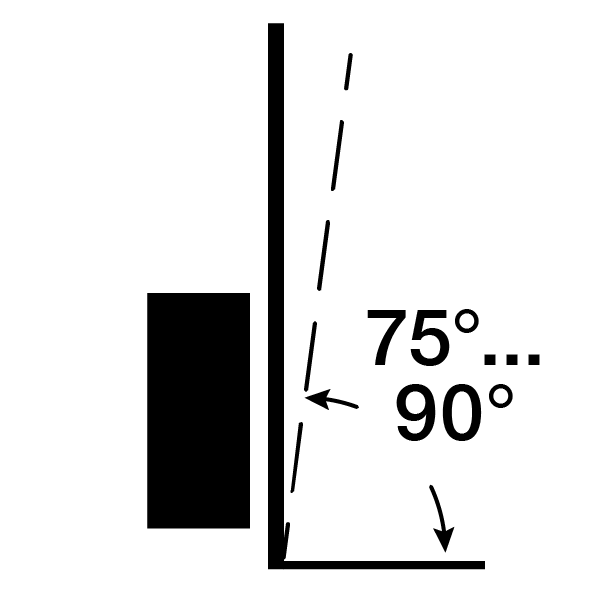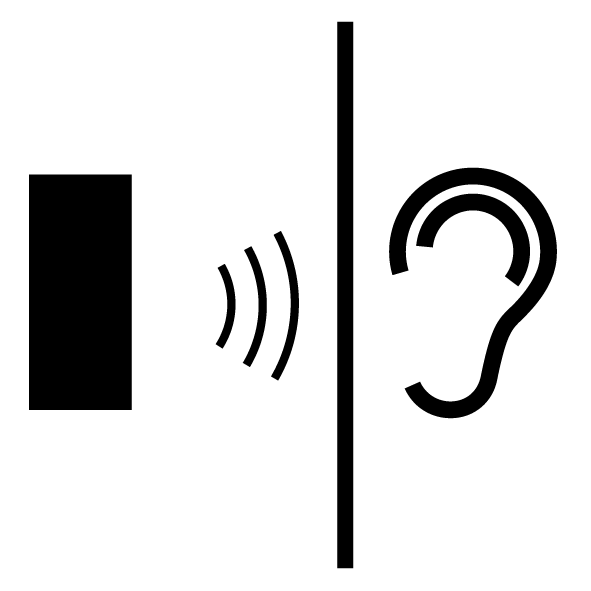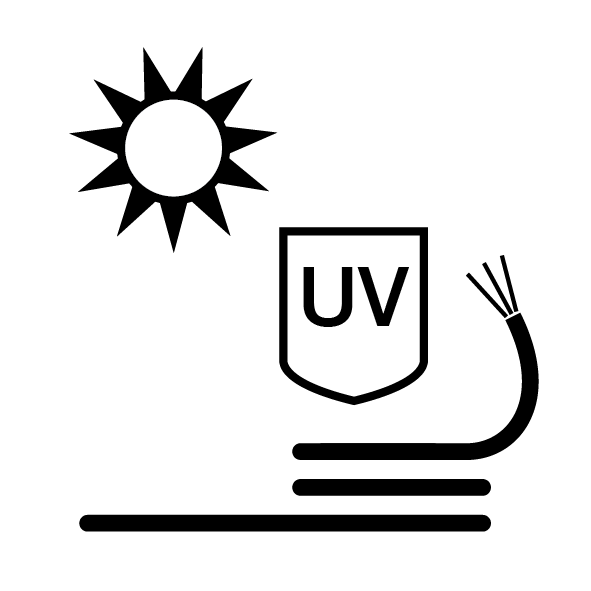Selecting the installation site
Observe these instructions when selecting the installation site so that you select the correct one.
| Install the inverter indoors. |
| Install the inverter in a protected outdoor area. |
| Protect the inverter from direct precipitation. |
| Protect the inverter from coarse soiling, e.g. leaves. |
| Protect the inverter against dust, contamination and ammonia gases. Rooms and areas containing livestock are not permitted as installation sites. |
| Do not install the inverter in potentially explosive areas. |
| The ambient temperature must be between -25 °C and +60 °C. |
| The air humidity may be between 0% and 100% (condensing). |
| Inverter may only be installed up to an altitude of 4000 m. |
| Outdoors in salty areas, do not install device any closer than 500 m from the coast. The device may be corroded in such areas. Areas close to the coast with a sea breeze or regions exposed to onshore winds are considered to be areas affected by salt. The region may vary depending on weather conditions (e.g. typhoons and monsoon rains) or topography (e.g. near dams and mountains). |
| A sufficient safety distance from flammable materials and potentially explosive areas in the vicinity must be ensured. |
| Mount inverter on a stable installation surface that can safely bear the weight. Plasterboard walls and wood planking are not permitted. |
| Do not install the inverter on a flammable installation surface. |
| Install the inverter vertically. Tilted position up to 15° is permitted. |
| Maintain minimum distances and the necessary clearance. |
| The inverter makes noise during operation. Install inverter in such a way that people are not disturbed by operation noises. |
| The inverter must be easily accessible and the status LED must be easy to read. |
| Install the inverter out of reach of children or other unauthorised persons. |
| Lay cables with UV protection or use UV-resistant cables. |
